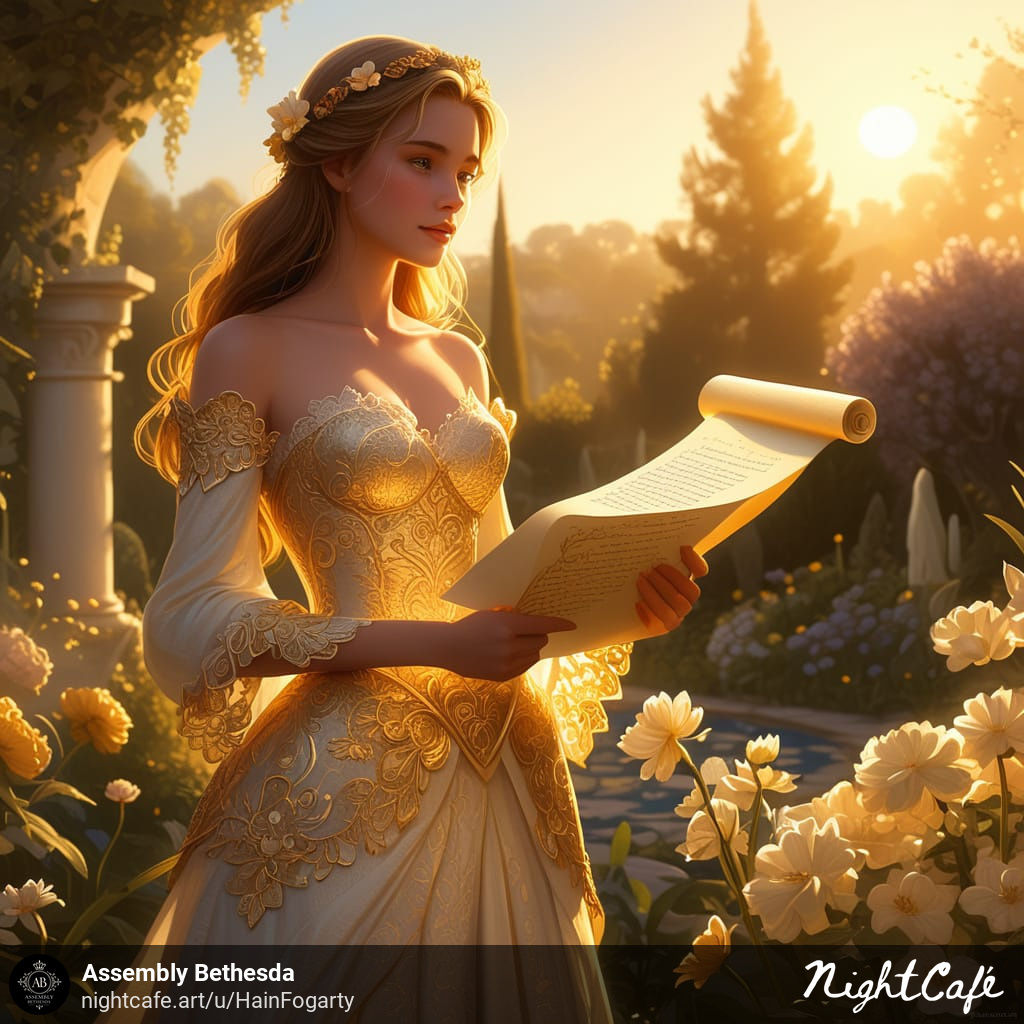As someone who runs towards the topics most preachers shy away from. Here is one of those topics the Song of Solomon In the Hebrew Bible and in the Old Testament of the Christian Bible, the Song of Solomon is referred to as the Song of Songs, or Canticle of Canticles. Almost exclusively devoted to lyrical dialogues expressing romantic and sensual love, this poetic masterpiece stands out from the narrative books surrounding it.
King Solomon, the renowned wise ruler of Israel celebrated for his proverbs and vast wealth, is credited with writing this text, a tapestry of desire between a bride, often referred to as the Shulammite, and her groom, often depicted as Solomon himself. There is, however, a possibility that it may have been compiled from a variety of ancient love poems, adding layers of mystery to its origins.
Its title implies supremacy, similar to the holy of holies in temple architecture, denoting the highest point of religious expression. As a part of the Jewish Tanakh’s Ketuvim section, it evokes themes of spring renewal, love, and divine redemption and is read during Passover by some Jewish communities. As readers are drawn into a world where human passion is mirrored in the beauty of creation, its verses pulse with vivid imagery.
This book is structured as a dramatic exchange of voices that unfolds throughout its eight concise chapters. The lovers alternate in song, accompanied by a chorus of companions, including the daughters of Jerusalem, and subtle narrative asides. Rather than presenting a straightforward plot, it evokes a rhythm of courtship and consummation through fragmented scenes of yearning, pursuit, and ecstasy.
The bride describes in chapter one her deep longing for her beloved in terms of scents of myrrh and spices, frustration at their separation coloring her words with urgent pleas for his return. In a setting of exalted intimacy, garden motifs and royal splendor frame their connection.
It is in chapter 2 that the bride declares herself to be the rose of Sharon, comparing her lover to an apple tree that grows amid orchards. Flowers unfurl, birds sing, and she invites him into her chamber. The season’s awakening symbolizes love’s fertile promise.
In chapter 3, tension simmers as the bride recounts a sensual dream in which she wanders the streets seeking him. Her anxiety dissipates in a vision of Solomon’s litter being carried by sixty warriors.
In chapter 4, the bridegroom sings an elaborate ode to the bride’s form that quickens the heart of the text. As if she were a dove, her hair resembled a flock of goats descended from Mount Gilead, (that is a good thing) her teeth were evenly spaced as shorn sheep, and her breasts resembled twin fawns grazing among lilies. As a metaphor for their shared delight, the boundaries between body and paradise blur in this sensual catalog, as a symbol of their shared delight.
In Chapter 5, the bride is slow to respond to his knock, only to find him gone upon opening the door. Another dream chase ensues through shadowed alleys, ending in rebuke from watchmen, and her plea to the daughters of Jerusalem is very emotional.
A chorus affirms the bride’s singular beauty in chapter six as one alone among doves, fair as dawn, radiant as moon. Her harmony is restored through mutual exaltation by the groom comparing her to peerless armies and clustered fruit. From feet to crown, the bride’s body is praised from foot to crown, her thighs are adorned as jewels, her navel as a rounded goblet, and her nose is reminiscent of the Tower of Lebanon. In fields of mandrakes and choice fruits, she summons him to the vineyards, rekindling their passion.
As chapter eight concludes, their bond is sealed with fierce declarations. Love proves unyielding jealousy, flames of Yah consuming everything. The bride envisions safeguarding her beloved like a sister, their affection sealed against outsiders, culminating in a final garden call, voices entwined in possession: my beloved is mine, I am his.
A strong sense of erotic vitality permeates the Song, depicting love as playful, consuming, an unafraid divine endowment, as in the bride asserting that he truly desires me. Physical attraction fuses with emotional depth. The pain of separation is amplified by reunions, while the joy of reunion is amplified by nature’s lexicon, which includes lilies, vines, pomegranates, doves, and gazelles. Love’s exclusivity is reflected in vows surpassing wine, a jealous seal of love’s exclusiveness.
Its literal meaning echoes ancient Near Eastern odes from Egyptian and Mesopotamian courts as it lauds marital bliss. Jewish sages, including Rabbi Akiva in the second century, regarded it as holy writ on human bonds, the canonicity of which was still debated but affirmed as sacred. Allegorically, it symbolizes God’s ardor for Israel, exile as parting, redemption as embrace.
Christians envision Christ’s pursuit of the Church, or the soul’s mystic union, which Origen’s third-century commentaries expand. Mysticism in Kabbalah integrates it with divine polarities, resulting in a cosmic dance between the masculine and feminine sefirot, while Sufi parallels evoke ecstatic surrender through their parallels.
There is a strong emphasis on the bride’s dominant voice, her role in desires challenging passivity, even though idealizations invite criticism on objectification. Collectively, it validates sensuality as sacred, counteracting the religious piety that denies the body.
Its echoes can be found in the pilgrim songs of Dante, medieval tapestries, Handel’s choral swells, and even modern vows and seasonal cards. According to the Song, creation’s joys, both bodily and tender, reflect the Creator’s intention. It whispers of pursuit, vulnerability, love’s eternal blaze, a flame that no water can quench in today’s fractured intimacies.

